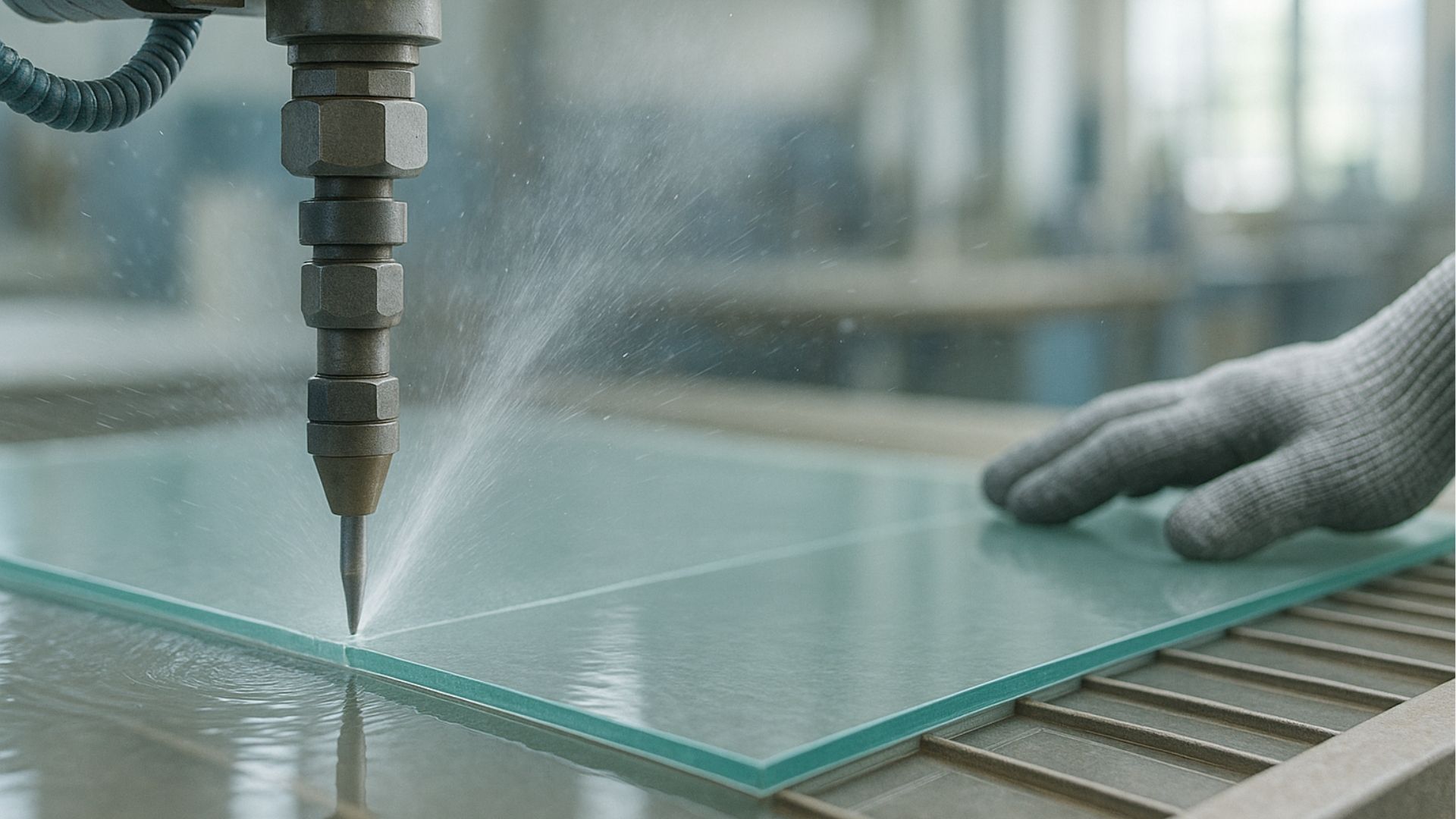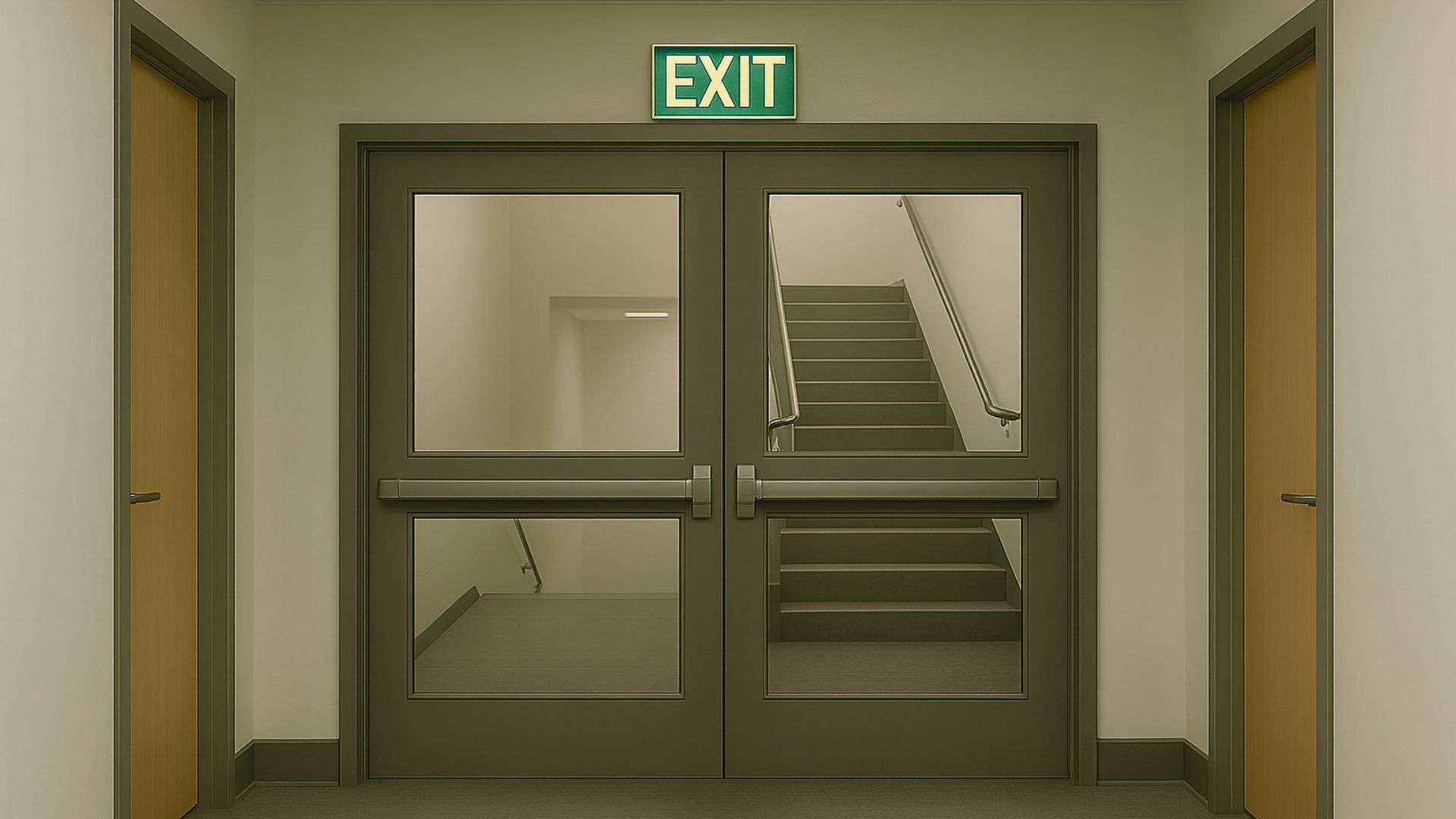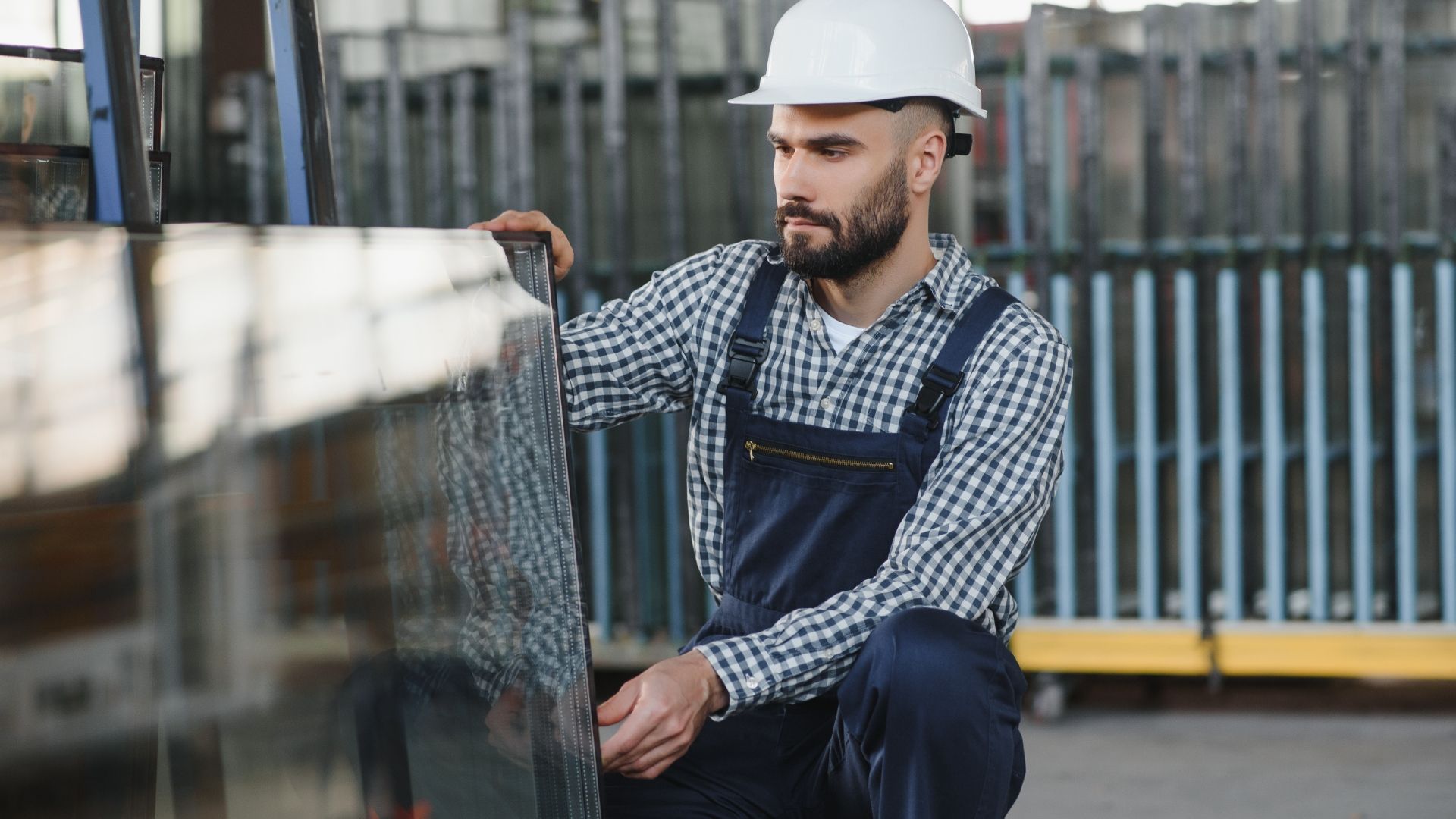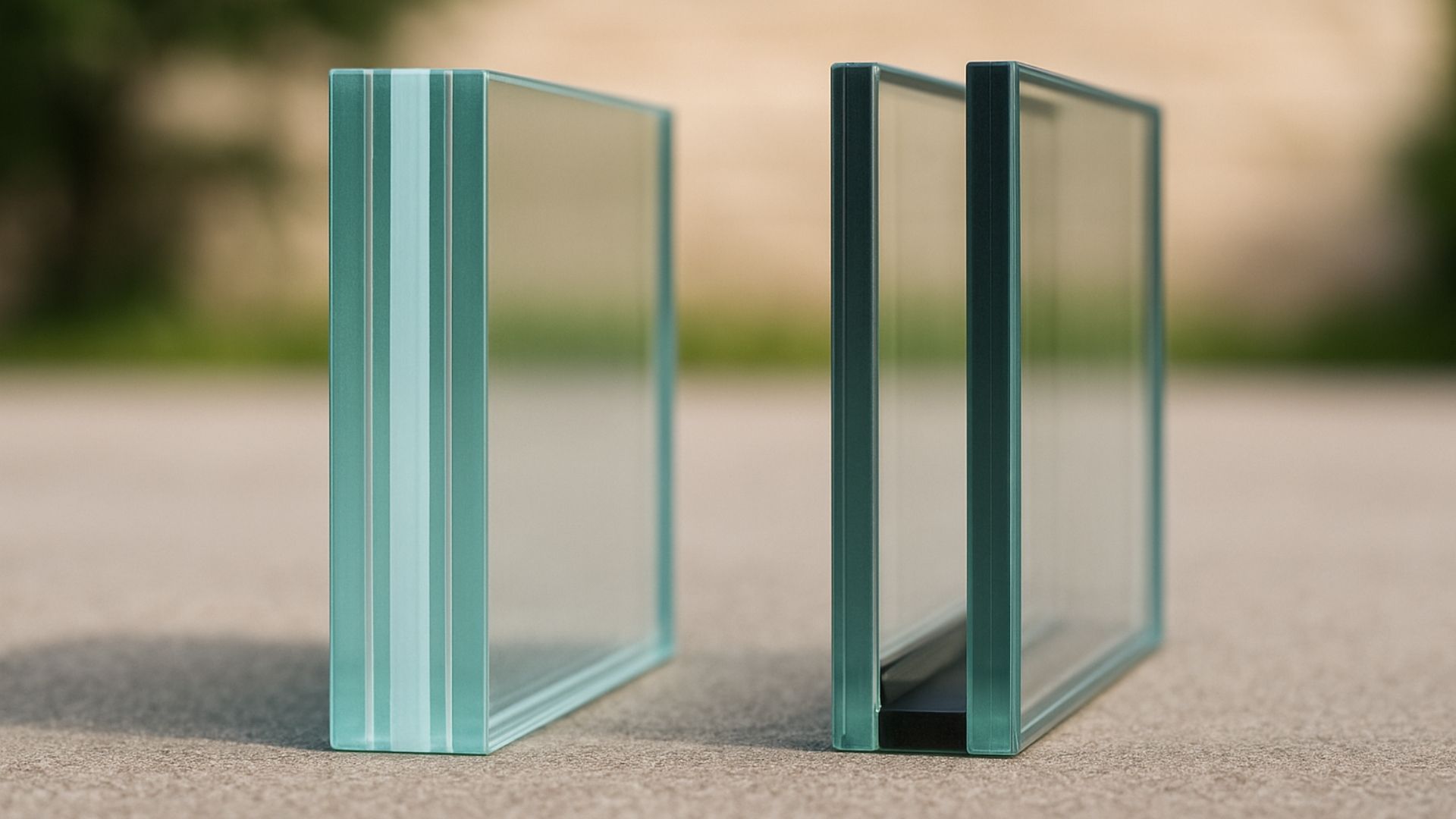How the glass industry is embracing sustainability
Share this blog:
The glass industry emits its fair share of carbon. Discover how manufacturers are working on changing this.
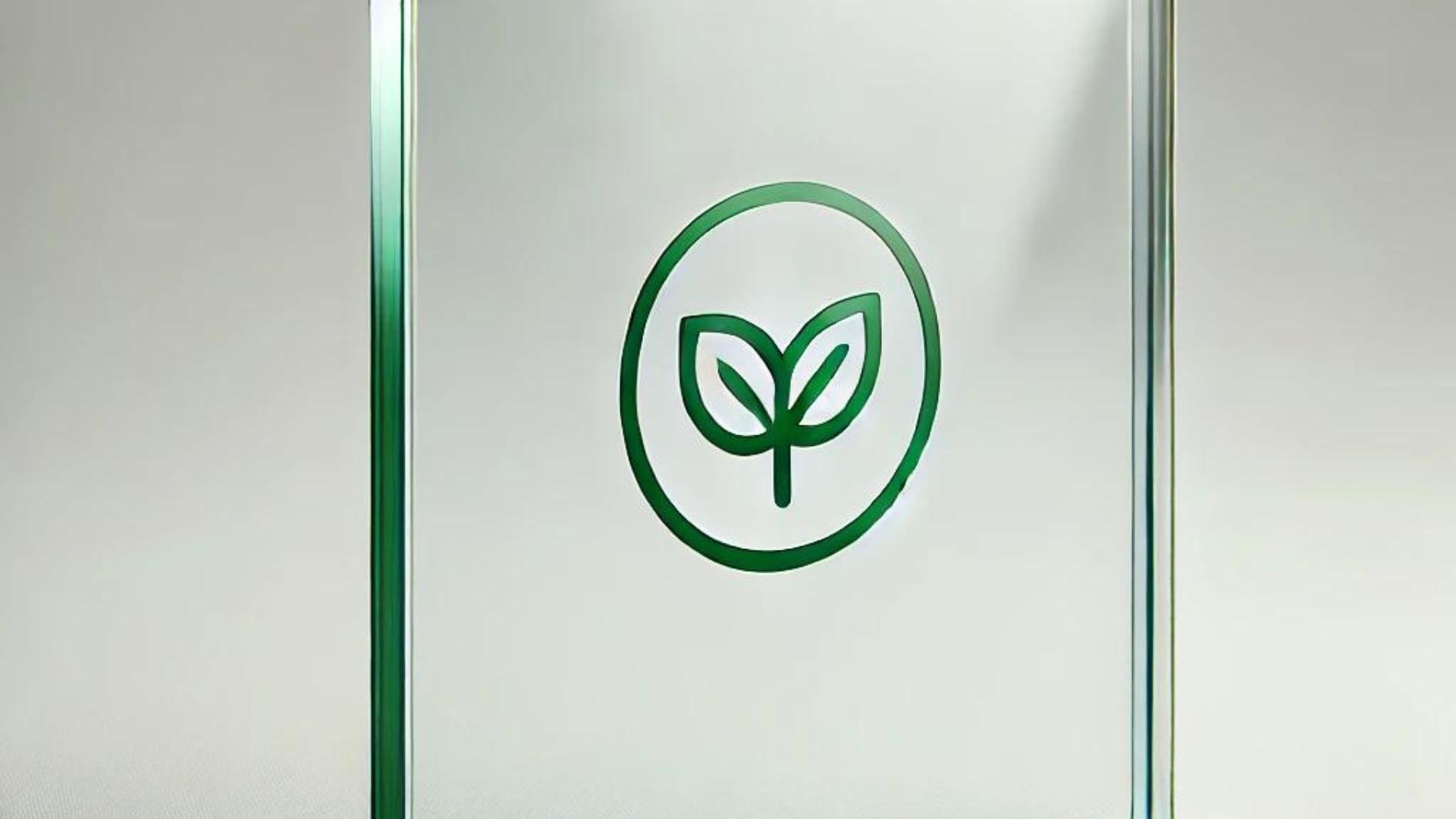
In some ways, the 2020s are the decade of sustainability. No longer a niche concern, sustainability touches us all – whether it's recycling at home or looking to cut carbon emissions at a corporation.
More and more, we see industries embracing sustainable solutions through several avenues including recycling, renewable energy and education initiatives.
But how about the glass industry? It's an industry that has a complex relationship to sustainability. On the one hand, its products are, with a couple of exceptions, 100% recyclable and made from natural materials (sand, soda ash and limestone).
On the other hand, the glass manufacturing process requires a huge amount of energy – and the furnaces that turn sand into glass are almost exclusively fuelled by fossil gases.
That's not to mention the fact that in some parts of the world, a lot of glass isn't recycled. What's more, the quarrying and transportation of materials for glass production can be environmentally deleterious too.
Despite these challenges, the glass industry is working towards more sustainable practices – it's just going to take a bit of ingenuity. In this article, we take the lay of the land.
Renewable energy
The glass industry primarily uses fossil fuels at a time when both environmentalists and governments are pushing for them to be phased out.
This is primarily because of the melting process. To melt glass, you need a lot of heat. And to create that heat, you need fossil gas.
Until recently, the industry has relied on recycling and improvements in operational efficiency to try to counteract the negative effects of its gas emissions. But could those gases be replaced by renewable energy?
There are two contenders to replace, or augment, gas furnaces. The first is electricity.
Electrification
Molten glass is conductive, which means that you can use it to conduct electricity. This means glass can heat a furnace itself – something we already see in electrified glass furnaces.
As well as improving the energy efficiency of the manufacturing process, electric glass furnaces also create far less air pollution than their fossil-fuel counterparts.
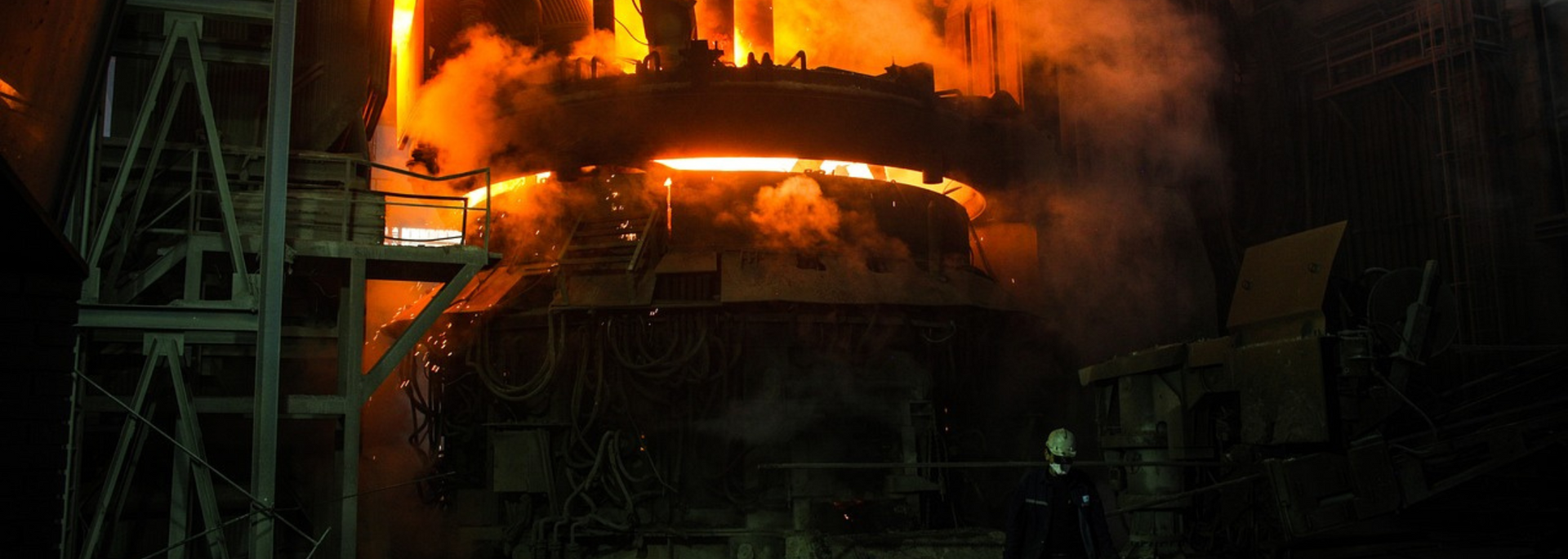
These show promise. However, they're difficult to build at scale. The process needs more investment if it's to mount an effective challenge to fossil gas furnaces.
The second sustainable alternative is green hydrogen. This is a clean fuel that's made by splitting water with electricity. The splitting process itself is carbon-free. The carbon status of the resulting fuel depends on where the electricity has come from.
The British glass manufacturer Pilkington is partnering with Grenian Hydrogen to scale up its production of low-carbon glass at its headquarters in Merseyside. From 2027, it aims to use seven tonnes of zero-emission hydrogen every day. This would cut its direct carbon emissions by 15,000 tonnes. Meanwhile, H2GLASS will be trailing full-scale green hydrogen at five manufacturing plants from 2025.
It remains to be seen how well these sustainable solutions will scale up – but given the ever-increasing levels of investment in green technology, they could be used more and more in the coming years.
Recycling
One of the great advantages of glass is that it's 100% recyclable (with the exception of mirror glass and lightbulbs). It can be used again and again with no loss in quality. On top of that, it's made from natural materials: sand, soda ash and limestone.
The figures for glass recycling are positive. Every tonne of glass that's melted and recycled uses 246 fewer kilograms of carbon emissions than new glass. In Europe, more than 80% of container glass is recycled. In the UK, about 70% of household glass waste is taken to bottle banks or collected.
But it's not just the energy savings that make glass recycling so important. It's also that non-recycled glass won't decompose. Instead, it will sit in landfill sites, which are bad for flora, fauna and air cleanliness.
Some argue that industrial recycling is less of a success than household recycling. The majority of glazing in buildings is chucked rather than recycled, typically on the grounds that it's dirty. There's room for improvement here – and many glass manufacturers are taking responsibility. Each year, the glass industry as a whole recycles a whopping 27 million metric tonnes.

But it's not just glass itself that can be recycled – it's also the water used in its production.
Water recycling
Glass production gets through a lot of water as well as heat. It's used at different stages of the glass manufacturing process – from cleaning to cooling to finishing.
The water footprint (so to speak) of many glass manufacturers is pretty good. Although it changes from place to place, some factories use just one tonne of water per tonne of melted glass. Half of that evaporates and the rest becomes wastewater.
However, that wastewater can contain pollutants. This makes recycling a matter of environmental responsibility and sustainability.
Water recycling systems tailored for the glass industry do exist, but more could be done to make them affordable.
Here at ToughGlaze, our CEO and co-founder Ashok Varsani is taking a hands-on approach to the problem of water recycling. He's developed his own water filtration system. This takes water from the glass preparation process and recycles it.
Ashok is overseeing ToughGlaze's efforts to achieve ISO 140001: the international standard for environmental management. His water recycling system is just one example of the steps we're taking to make our production process as sustainable as possible.
Conclusion
Sustainability in the glass industry has never been more important – but it faces a significant challenge in the form of fossil gas furnaces and the emissions caused by quarrying and transportation.
Despite this, the industry is slowly but surely embracing sustainability, with advances being made in electric and green hydrogen furnaces, as well as initiatives to increase the recycling of glass and water.
What's next? Well, we'll keep you posted…
Looking for high-quality, Kitemark-approved
toughened glass panels? Don't hesitate to
get in touch with ToughGlaze for a quick, competitive quote.


